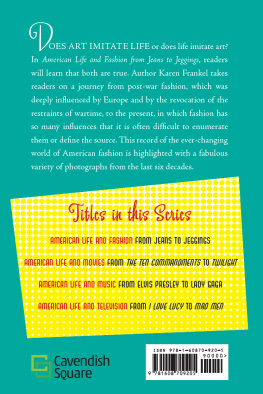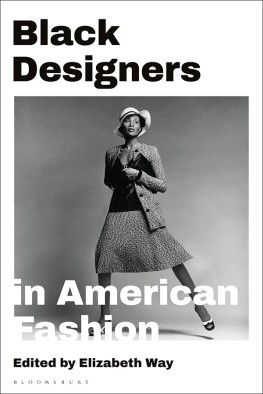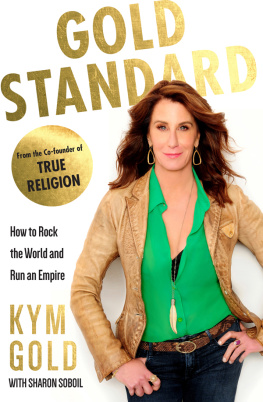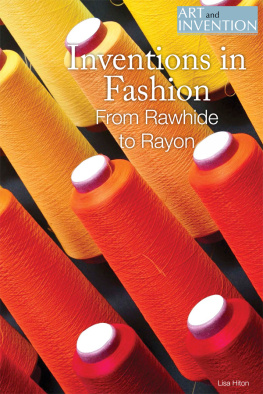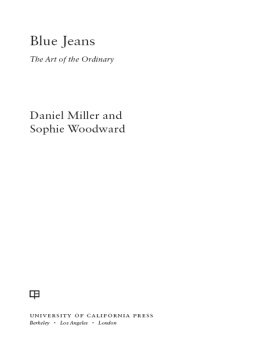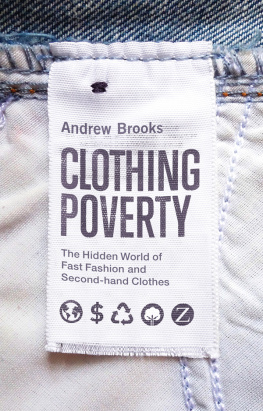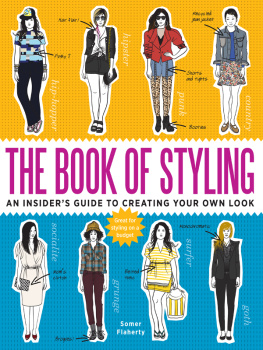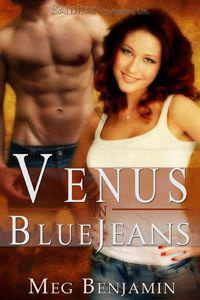Published in 2014 by Cavendish Square Publishing, LLC
303 Park Avenue South, Suite 1247, New York, NY 10010
Copyright 2014 by Cavendish Square Publishing, LLC
First Edition
No part of this publication may be reproduced, stored in a retrieval system, or transmitted in any form or by any meanselectronic, mechanical, photocopying, recording, or otherwisewithout the prior permission of the copyright owner. Request for permission should be addressed to Permissions, Cavendish Square Publishing, 303 Park Avenue South, Suite 1247, New York, NY 10010. Tel (877) 980-4450; fax (877) 980-4454
Website: cavendishsq.com
This publication represents the opinions and views of the author based on his or her personal experience, knowledge, and research. The information in this book serves as a general guide only. The author and publisher have used their best efforts in preparing this book and disclaim liability rising directly or indirectly from the use and application of this book.
CPSIA Compliance Information: Batch #WS13CSQ
All websites were available and accurate when this book was sent to press.
Library of Congress Cataloging-in-Publication Data
Frankel, Karen. American Life and Fashion from Jeans to Jeggings / Karen Frankel.
p. cm. (Pop culture) Includes bibliographical references and index.
Summary: Explains the importance fashion has played in post-World War II
American popular cultureProvided by publisher.
ISBN 978-1-60870-920-5 (hardcover)ISBN 978-1-62712-120-0 (paperback)ISBN 978-1-60870-925-0 (ebook)
1. Fashion designUnited StatesHistory20th century. 2. Fashion designersUnited States History20th century. 3. Clothing tradeUnited StatesHistory20th century. I. Title.
TT507.F745 2013 746.92dc23 2011024270
Series Consultant: Mark Mussari Art Director: Anahid Hamparian
Series Designer: Alicia Mikles Photo research by Lindsay Aveilhe
The photographs in this book are used by permission and through the courtesy of:
Cover photos courtesy of Everett Collection and MCT/Getty Images.
Lebrecht Music and Arts Photo Library/Alamy: p..
Printed in the United States of America
Contents
INTRODUCTION
1950s: POST-WAR AMERICA AND THE AGE OF CONFORMITY
1960s: THE TIMES ARE CHANGING
1970s: THE ME GENERATION
1980s: THE AGE OF CONSUMERISM
1990s: THE INFORMATION AGE
2000s: FAST FASHION
NOTES
FURTHER INFORMATION
BIBLIOGRAPHY
INDEX
The designs of Coco Chanel dominated the fashion scene in the first half of the twentieth century.
Introduction
FASHION IS A REFLECTION OF SOCIETY AND is often change for its own sake. Fashion generally goes in a cyclea style is innovative, has a period of popularity, and then declines, to be replaced with a new style. For generations, fashion has served to show social class and status. The trickle-down theory of fashion means that new styles start at the top with the wealthy and are then copied by the middle class. Once the middle class starts wearing those styles, the upper class wants something new.
For the first half of the twentieth century, France, with designers such as Coco Chanel and Christian Dior, was the fashion leader. The French developed haute couture, which literally means high sewing. An haute couture outfit is tailored to the exact measurements of a client, and haute couture garments can cost tens of thousands of dollars, so designers also began to create prt-a-porter (ready-to-wear) lines, which are much more affordable.
During and following World War II, American fashion began to come into its own, although French and, also, Italian designers still set styles. While cultural influences had always been important, they began to play a much larger role in what people wore and what was considered fashionable within various segments of society. Instead of just having styles starting at the top of society, many fashions started from the bottom up. Street fashionwhat is actually being worn on the street became a major factor in determining what was in during the 1960s. By the 1970s, trend designers, whose collections portray a certain look, such as preppy or classic, became important.
Fashion, whether it came from the top down, from the bottom up, or from trend collections, intermixed with popular culture, from movies and television, to art and literary movements. Social mores and concerns, ethnic identity, sports, economics, politics, and technology were also factors in determining what was fashionable. In some cases, culture influenced fashion, while in others, fashion influenced the culture. The process goes back and forth, from pop culture to fashion and then back to pop culture. Sometimes, while theres no discernible relationship, its interesting to try and figure out what the connection might be.
ONE
1950s:
Post-War America and the Age of Conformity
DURING WORLD WAR II, FASHION WAS PUT on the back burner as most of the nations resources were directed toward the war effort. The U.S. government restricted the amount and types of fabric that could be used for clothing. This meant, for example, that mens pants couldnt have pleats or cuffs because that would use too much fabric.
Nylon, which was invented in the 1930s by American chemical company Du Pont, had begun to replace silk for womens stockings, which at the time were made with seams running down the back of the leg. However, all the nylon available was required by the government for parachutes and other military items. To make it look as though they were still wearing stockings, women began putting on leg make-up and painting their own seams down the backs of their legs.
POST-WAR TRENDS
When the war ended, thousands of veterans, known as GIs (short for Government Issue), came home. The GI Bill, passed in 1944, helped veterans receive higher education and job training and guaranteed loans for homes, farms, and businesses. For the first time, college and homeownership became possibilities for the average American. GIs married, started families, and moved to the suburbs. And they came home to a New Look in womens fashion.
World War II created a shortage in both fabric and nylon. Dresses got shorter and narrower, and women took to painting stocking seams down the backs of their legs.
French designer Christian Dior introduced the New Look in 1947. Diors fashions featured long, wide skirts that went to mid-calf, tiny waists, and natural shoulders. It was a very different look from the clothes women had worn during the war: suits that were influenced by military uniforms, with wide shoulders and knee-length hems, blouses with shoulder pads, and pants for working in factories. With the New Look, skirts could use as much as 25 to 30 yards of fabric, an enormous amount, especially when compared to wartime restrictions that allowed only 1-3/4 yards to make a dress. The New Look was a huge success, seeming just right after years of fabric rationing and the masculine style of womens clothes that was prominent during the war. Women across the United States seemed eager to embrace the new style.
Dior said, No one person can change fashiona big fashion change imposes itself. It was because women longed to look like women again that they adopted the New Look. However, Dior represented the power of the French haute couture designers who influenced so many 1950s styles. After the New Look, Dior introduced his pencil line in 1948. It had narrow skirts that were so tight they required a slit in the material to allow women to walk. His H-line, brought out in 1954 and named for the silhouette of the garment, evolved into his A-line in 1955, which looks like the shape of the letter A with its narrow shoulders and wide hem.

